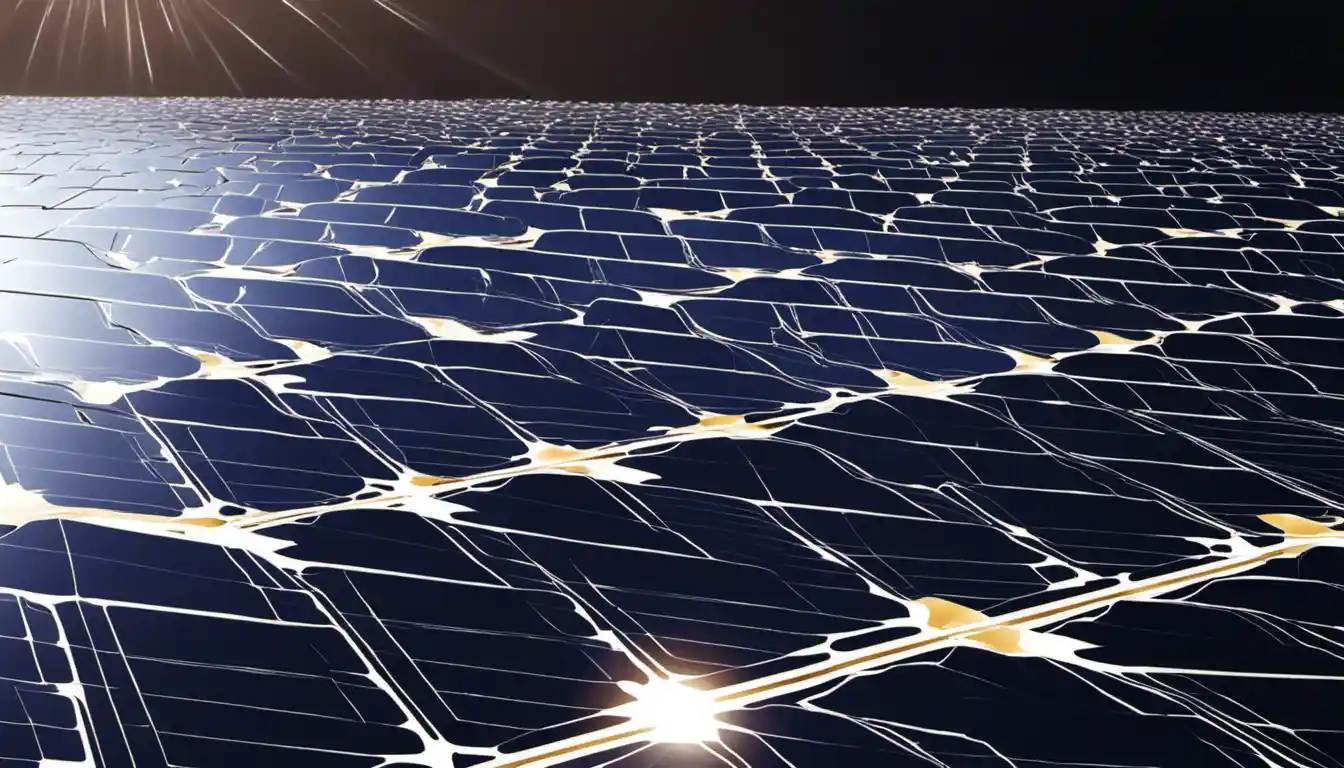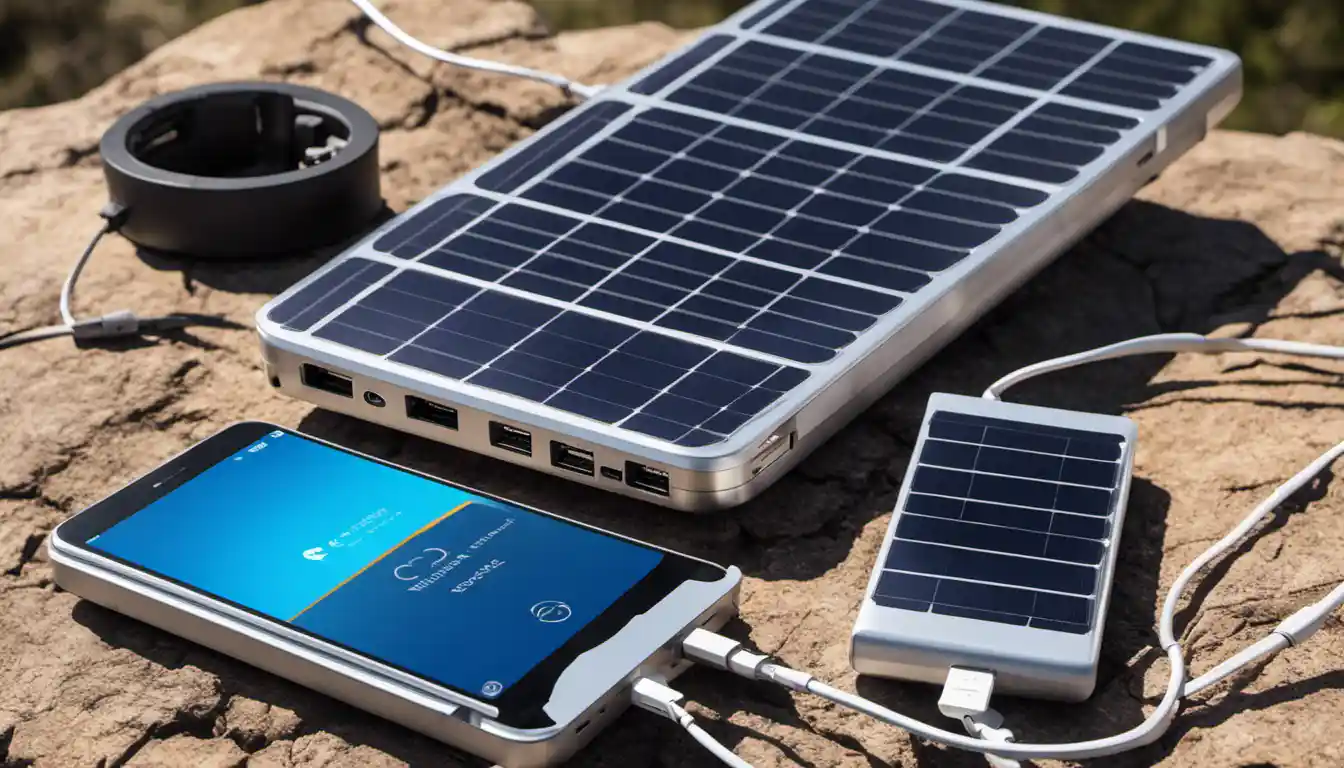Definition of a Solar Power Bank
A solar power bank is a device that uses solar panels to collect solar energy, convert it into electrical energy, and store it for later use. It’s typically used for charging electronic devices like smartphones, tablets, and laptops when a traditional power source is not available, making it ideal for camping trips, power outages, or other situations where you may not have access to electricity.
What is it used for?
While a solar power bank serves the same function as a traditional power bank, its ability to harness renewable energy gives it a significant advantage. It’s not just used for charging smartphones or tablets, it’s also a reliable power backup that comes in handy during emergencies, power outages, in off-grid areas, or while we are on the move – like hiking or camping. So, if you’ve always been curious about “what is a solar power bank and how does it work”, you’re in the right place!
How Does a Solar Power Bank Work?
Let’s dive into the nitty-gritty of how this compact yet powerful device operates:
Collection of Solar Energy
The process begins with the collection of solar energy. This is done through the solar panels that are integrated into the shell of the device. These panels are made of photovoltaic cells—scientific jargon for light-converting cells. When these cells are exposed to sunlight, they kickstart the process of turning this light energy into electrical energy.
Conversion of Solar Energy to Electricity

What follows next is converting this solar energy into electricity. This energy conversion takes place within the solar panels themselves. The photovoltaic cells generate a flow of electrons using the collected solar energy, resulting in an electric current. This current is then regulated and used to charge the power bank’s battery.
Charging Devices with a Solar Power Bank
The final phase is using this stored electricity to charge your devices. All you need to do is plug in your device using a USB cable. Your device will begin charging just like it would with a standard wall socket. The energy stored in the solar power bank provides the much-needed juice to your devices.
Charging Capacity of a Solar Power Bank
When we talk about the charging capacity, it’s crucial to understand how this capacity can vary. The capacity of a solar power bank is measured in milliamp-hours (mAh), which is an indication of the amount of electric power it can store. This capacity can range from a low of about 2,000 mAh to a high of around 25,000 mAh, or more. The larger the number, the more times you’ll be able to charge your device.
Charging Duration of a Solar Power Bank
Another key factor is the charging duration of a power bank. This totally depends on the size and efficiency of the solar panel as well as the strength of the sunlight. A full charge via solar energy can take anywhere between 20-60 hours of effective sunlight. However, remember that many solar power banks come with a USB charging option, allowing it to be pre-charged before leaving for a trip.
The Two Main Types of Solar Power Banks

There are two types of solar power banks available in the market that cater to different lifestyles and needs.
Stationary Solar Power Banks
Stationary solar power banks are larger setups typically used in homes and offices. They comprise big solar panels that collect a significant amount of solar energy and store it for future use.
Portable Solar Power Banks
On the other hand, portable solar power banks are small, lightweight, and typically foldable, making them perfect for hiking, camping, and traveling. Despite their size, they still have the capability to charge multiple devices efficiently.
Why Use a Solar Power Bank?
Apart from the obvious benefit of providing power in a pinch, solar power banks offer notable advantages that make them an excellent investment.
Promotes Eco-Friendliness

Choosing a solar power bank is a step towards environmental sustainability. It harnesses renewable solar energy, reducing reliance on non-renewable power sources and reducing carbon footprints.
Provides Standby Power
Power outages can be a real pain, especially when they interfere with your work or entertainment. Having a solar power bank on hand ensures you always have a backup source of power.
Cost Savings in the Long Run
While the upfront cost of a solar power bank might be higher than a regular power bank, the investment pays for itself in the long term, thanks to savings on your electricity bill.
In essence, understanding “what is a solar power bank” and “how does a solar power bank work” can be an enlightening way to appreciate the genius behind this technology. If you are more curious about different types, designs, and capacities of solar power banks, feel free to explore more on our solar power bank page.
Key Takeaways and Conclusion
To wrap it up, solar power banks act as a portable energy storage system that captures and stores solar energy to be used later to juice up your devices. With their wide range of features, from high capacity to eco-friendliness, they prove to be ultra-practical devices worth having around.
If you’re someone who often finds yourself on an adventurous camping trip off the beaten track, or you simply appreciate the merit of having a power backup when an unexpected power outage occurs, then investing in a solar power bank is well worth considering.




1 thought on “What is a Solar Power Bank? Unraveling the Benefits and How it Works”
Comments are closed.